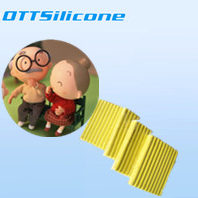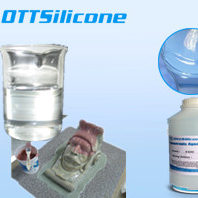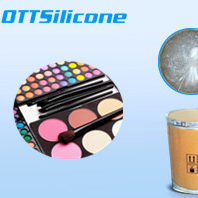Application:
OTT Modeling Clay YN1 Series are great for sculptures, 3D models, constructions, and molding processing. It have several distinct properties that make them useful.
Features:
Non-toxic and environmentally friendly
Super helps build hand strength and fine motor skills
Easy to use
Great for brushing molding process with liquid silicone rubber
Perfect for all ages
What kinds of Clay to chose?
Modeling Clay -(YN101)
TR-MC03 is great used as the auxiliary material for brushing methods of molding
process with liquid silicone rubber, which can be reused for times.
Polymer clay – (YN102)
Polymer clay is a modeling material that cures when heated from 129 °C to 135 °C for 15 minutes per 1⁄4 inch (6.4 mm) of thickness, and does not significantly shrink or change shape during the process. Despite being called “clay”, it generally contains no clay minerals. Polymer clay is sold in craft, hobby and art stores, and is used by artists, hobbyists, and children. Polymer clay is also popular in animation since it allows static forms to be manipulated frame after frame.
Oil-based Clay -(YN103)
Oil-based clays are made from various combinations of oils, waxes, and clay minerals. Because the oils do not evaporate as does water, oil-based clays remain malleableeven when left for long periods in dry environments. Articles made from oil-based clays cannot be fired, and therefore are not ceramics. Because the viscosity of oils decreases as temperature rises, the malleability is influenced by heating or cooling the clay. Oil-based clay is not soluble in water. It can be re-used and so is a popular material for animation artists who need to bend and move their models. It is available in a multitude of colors and is non-toxic. Being readily worked in fine detail, oil-based clays are also suitable for the creation of detailed sculptures from which a mold can be made. Castings and reproductions in a much more durable material can then be produced. Cars and airplanes may be created using industrial design-grade modeling clay.




